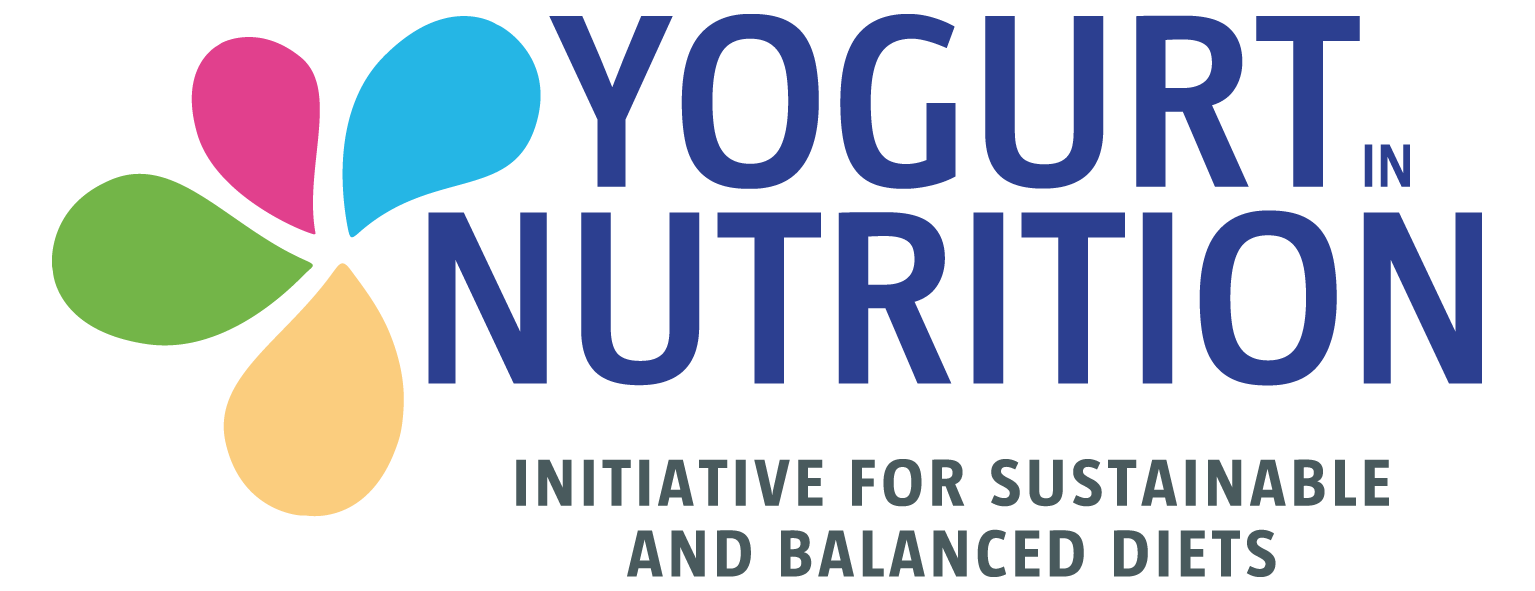Less weight gain over time
Cardiovascular diseases, cancer and type 2 diabetes (T2D) are among the main causes of the loss of disease-free years in numerous countries. The rise in obesity also increases the risk of these chronic diseases. So it is crucial to better understand how foods like milk and dairy products can influence a particularly alarming context. This narrative review is mainly based on meta-analyses of observational studies and randomized controlled trials. The main results indicate that, in children, milk and dairy products are associated with a lower risk of obesity. Results are also favorable for obesity in adults, with an improvement of body composition and a better weight loss during a diet including dairy products.
More benefits than risks
The study also shows that the risk of T2D and cardiovascular disease, particularly stroke, is reduced with regular milk and dairy products consumption. Despite there was no significant association with the risk of bone fractures, results highlighted beneficial effects of milk and dairy intake on bone mineral density. This food category is also associated with a reduced risk of some cancer subtypes (colorectal, bladder, gastric and breast cancer) and has no detrimental effects on prostate cancer incidence. The authors concluded that milk and dairy products show more beneficial than detrimental effects on health. More studies are needed before any evidence-based conclusion on their health value can be drowned. Here are some good reasons to get your dairy!
To learn more, read the original article.





